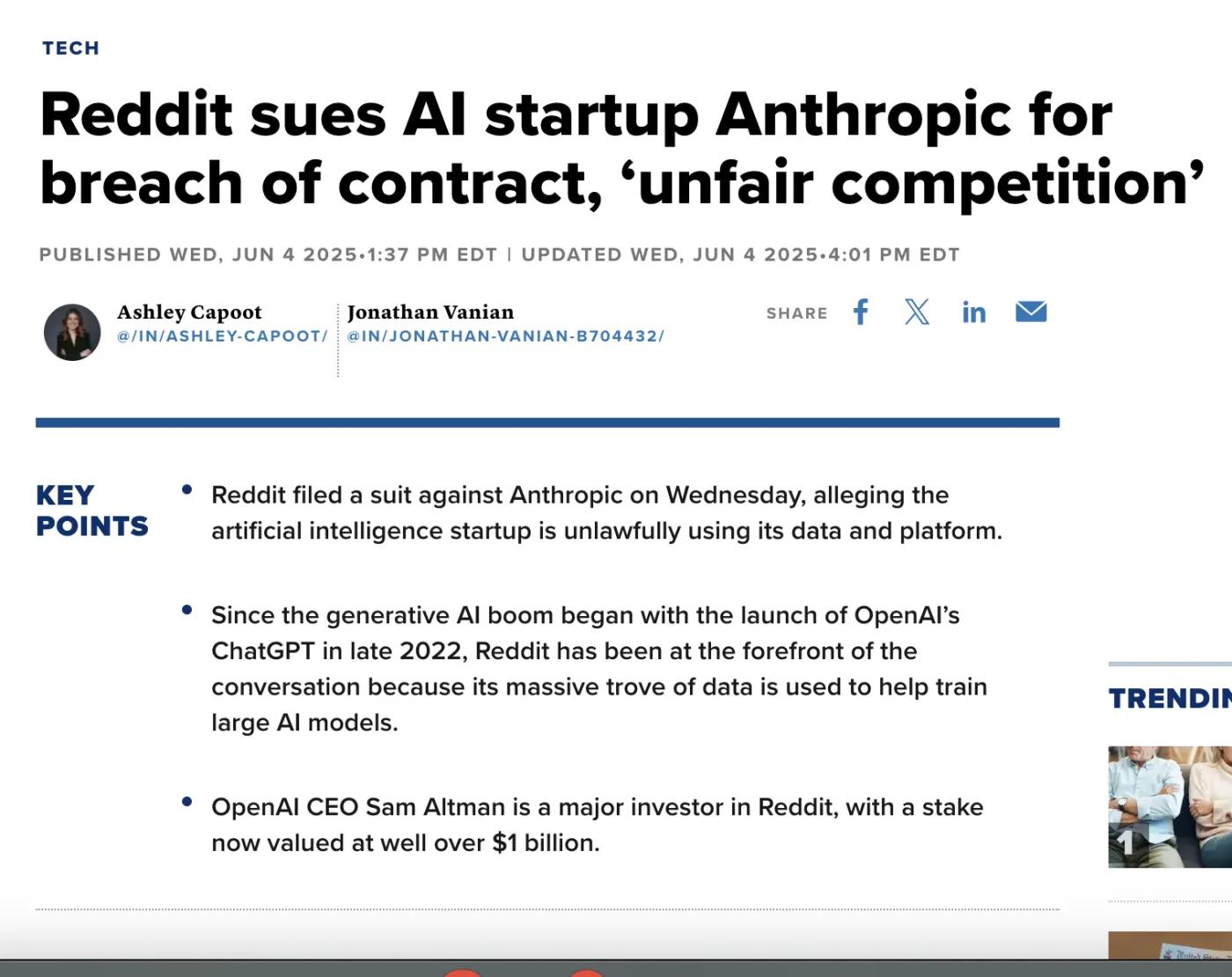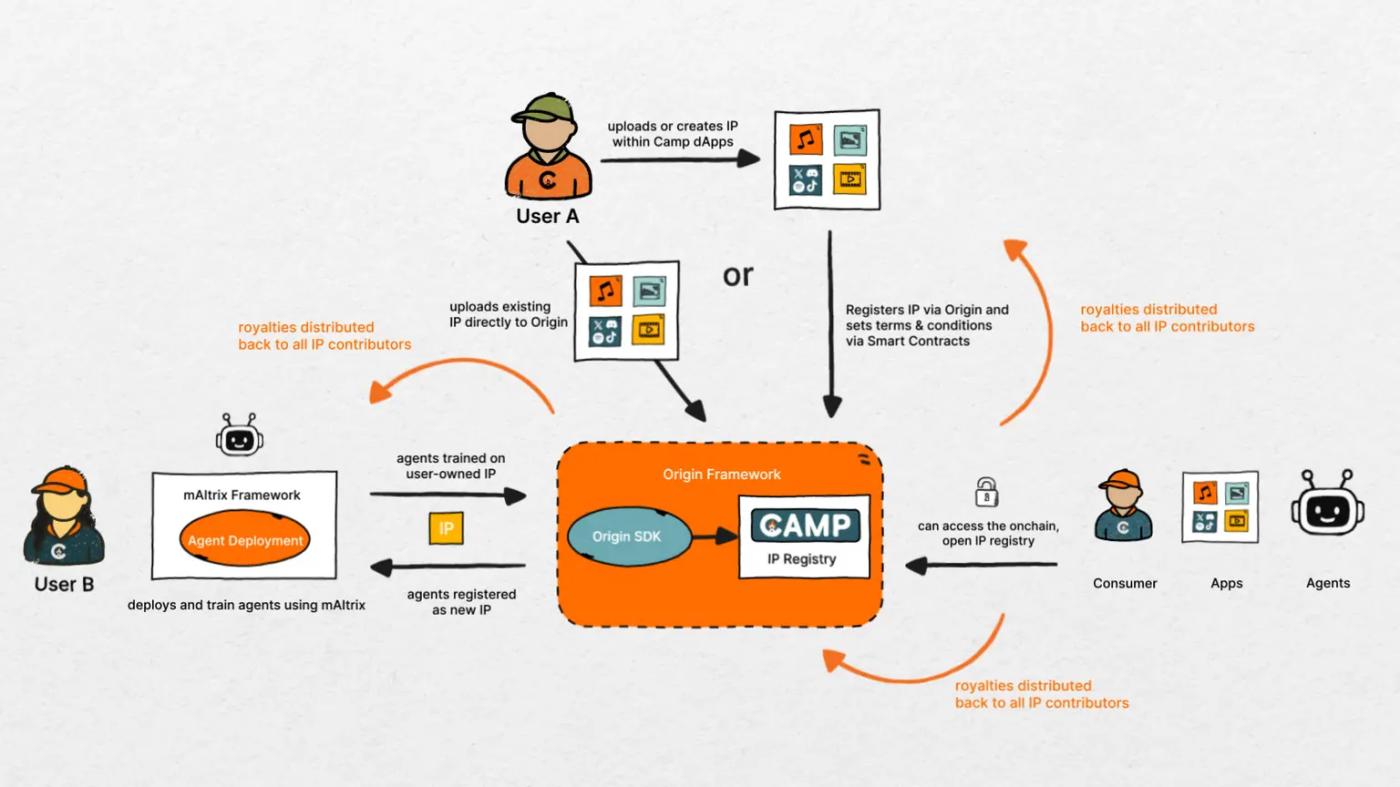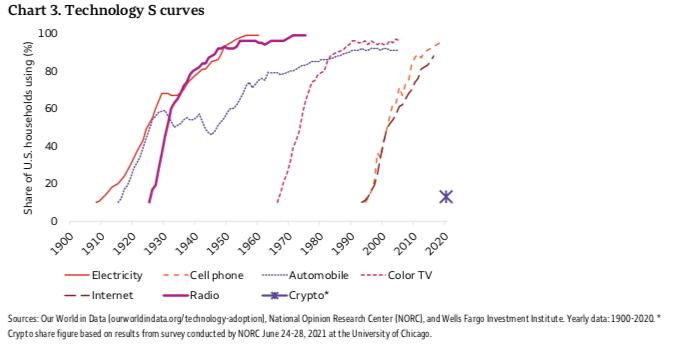Introduction: The Content War in the AI Era, with Infrastructure Absent. AI is changing the logic of content production at an unprecedented speed. Over the past few months, from Getty suing Stability AI, Reddit suing Anthropic, to Hollywood suing Midjourney, a series of high-profile cases reveal the core contradiction of the current creator economy: blurred content ownership, chaotic revenue distribution, and outdated licensing processes. AI's training materials come from the internet, but the era of this "public corpus" is ending. Future creation will no longer rely on web pages that can be crawled, but on licensed, traceable, and on-chain verifiable high-quality IP data. Whoever can first capture these resources will define the rules for the next generation of content creation and distribution.

The Dilemma of Traditional IP Systems: The current intellectual property system still operates in a Web2 manner: lengthy licensing processes that can take months or even over a year; highly opaque revenue distribution, making it difficult for creators to receive timely compensation; lack of a clear attribution chain between original and derivative works; high barriers to IP usage and low collaboration efficiency. In the Web3 environment of rapid content iteration and user remix participation, this "slow variable" system can no longer meet the needs of creators, developers, AI models, and content platforms. Put simply, the traditional IP system is like an "old car" struggling along the digital highway with heavy engine noise - who wouldn't want to switch to an efficient and flexible "electric car"?
On-Chain IP: The Embryonic Form of Next-Generation Infrastructure. Blockchain and smart contracts have given wings to copyright management: with timestamps and identity authentication, works are permanently recorded on the blockchain ledger, unchangeable; smart contracts automatically execute, making revenue sharing transparent and timely, so creators no longer need to sue for money; free content combination makes "collage art" legal and profitable, allowing everyone to earn. It's like giving creators a master key to authorize, share profits, and co-create at any time, with efficiency skyrocketing.
In this context, more and more projects are exploring the new paradigm of "IP on-chain". Among them, Camp is building a bottom-layer infrastructure revolving around creators, IP assets, and AI collaborative creation. Although Camp rarely directly claims to be an "IP platform", its constructed protocols and ecosystem components reveal that it has redefined the generation, circulation, and monetization of IP in multiple dimensions: smart licensing protocol framework enables automated copyright licensing, revenue distribution, and usage tracking; PoP (Provably Originated Production) mechanism allows all content creation to be traced on-chain, with inheritability and composability; mAItrix AI protocol supports AI model training accessing on-chain IP data with user authorization, enabling controllable creation results and transparent revenue; Fractional Ownership lowers the participation threshold for creators and users, allowing everyone to own a part of cultural products; with the concept of "IP as App layer", Camp positions dApps as the core domain for IP generation and monetization, rather than relying solely on star creators or centralized platforms.
Camp has been low-key yet active: from providing the ability to quickly mint IP Non-Fungible Tokens, to supporting AI training and generating works based on on-chain content, to smart contract automatic profit sharing, it has almost built an "IP one-stop service" experience. In its ecosystem, multiple collaborative exploration paths have emerged - StoryChain focuses on blockchain and AI-driven narrative creation processes; Remaster plays a key role in music and audio content remix licensing and profit sharing; KOR Protocol further expands Camp's collaboration possibilities through the KORUS remix tool chain, integrating star IP and real-time profit sharing mechanisms. These projects are not in competition but provide different application entry points, jointly constructing a more flexible and composable on-chain IP protocol layer.

Why Now? Camp is not the only project working on on-chain IP, but it is stepping on an extremely critical "time point": AI's demand for high-quality, authorized data is unprecedented; Web2 platforms frequently face copyright conflicts, and traditional institutions seek more efficient and secure IP circulation methods; trends like remix, collaborative creation, and fan co-creation are beginning to transform into "economic behaviors", requiring stronger value capture and revenue distribution capabilities; some native IP projects (like TrailHeads) have begun experimenting with Camp's infrastructure, establishing a complete closed loop around the chain of "creation → registration → remix → monetization". Once a creation chain closes on Camp, it becomes more than a copyright registration tool - it becomes a consensus engine between content creators and users.

Signals You Should Pay Attention To: Camp's collaboration with KOR Protocol (with a team including Deadmau5, Richie Hawtin, Netflix IPs) has brought mainstream IP into on-chain co-creation experiments; applications like TrailHeads Remix Suite are transforming fans from content consumers to co-creators; Camp's tools like Origin SDK, mAItrix, and smart licensing engines provide "plug-and-play" on-chain IP management capabilities for dApps; Camp has attracted over 20 native projects to its incentive testnet, covering AI, entertainment, gaming, consumer applications, social, and DeFi: AI projects like Merv and StoryChain are exploring AI collaborative creation and on-chain traceable content generation; gaming and entertainment projects like Token Tails, Hitmakr, and RewardedTV combine composable IP with playable content; social and consumer projects like Panenka and Clusters embed content licensing into social networks and fan relationships, testing the liquidity of on-chain IP. Expectations about native token mechanisms are gradually emerging, and Camp's ecosystem value flow is entering a unified settlement layer stage.
However, in the future, on-chain IP protocols will no longer be simple technical architectures, but will become a new "social coordination tool". This means that technology alone cannot solve all problems; it must be achieved through collaborative participation from creators, developers, legal experts, platform operators, and others to jointly develop and improve the rule system. Only then can an open, trustworthy, and sustainable on-chain IP ecosystem be built, balancing the interests of all parties and achieving true collaborative governance. Camp is committed to promoting this multi-party collaboration mechanism, looking forward to co-creating a new paradigm for future content creation and copyright management with the community.
In short, on-chain IP infrastructure is not merely a technical innovation, but a "big melting pot" of law, governance, and institutions. Only through multi-party collaboration can this transformation be implemented and scaled.
In terms of future outlook, as a researcher, I see the breakthrough point of on-chain IP infrastructure is imminent. It's like equipping the content industry with a navigation system and rocket booster, making copyright management transparent, efficient, and flexible, and further inspiring infinite creative possibilities. But this road will not be smooth. Whoever can find a balance between technological innovation and legal governance will take the lead in the future content economic race. For creators, this is both a challenge and an excellent opportunity. Pay more attention to the development trends of on-chain IP, make good use of on-chain tools, and you might open the global market for the next hit work. After all, who says creators can only be driven by rules? Mastering the rules is the key to being the protagonist of the content revolution.







